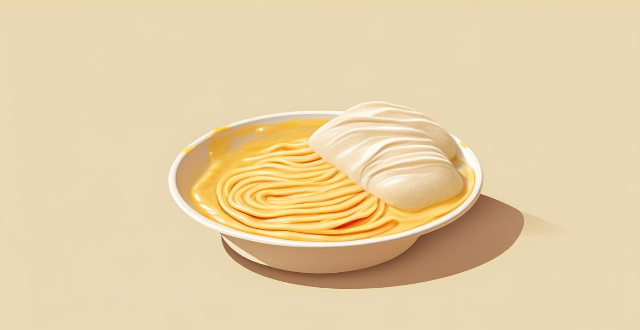To improve your pie crust recipe, focus on using high-quality ingredients like all-purpose flour and unsalted butter. When mixing the dough, combine dry ingredients first, then cut in cold butter until it resembles coarse crumbs. Gradually add ice-cold water and gently knead the dough until it forms a cohesive ball. Avoid overworking the dough to prevent toughness. For rolling out the dough, chill it first to firm up the butter and prevent shrinkage. Roll out the dough on a lightly floured surface to an even thickness of about 1/8 inch. Carefully transfer the rolled-out dough to your pie plate, trim excess, and crimp the edges as desired. Blind bake single crust pies by pre-baking with pie weights or dried beans for 15-20 minutes at 375°F before adding the filling. For double crust pies, brush the top crust with an egg wash for shine and seal cracks or gaps. Cut small slits in the top crust to vent steam during baking. Bake at the specified temperature (usually between 350°F and 375°F) and check for doneness by inserting a knife into the center of the filling; if it comes out clean, the pie is ready. Allow it to cool completely before slicing to avoid a runny filling.

How to Improve Your Pie Crust Recipe
Ingredients
- Flour: Use a high-quality, all-purpose flour for the best texture.
- Butter: Use unsalted butter that is cold and cut into small pieces.
- Water: Use ice-cold water to prevent the dough from becoming too soft.
- Salt: Add a pinch of salt to enhance the flavor.
Techniques
Mixing the Dough
1. Combine Dry Ingredients: In a large mixing bowl, whisk together the flour and salt until well combined.
2. Cut in Butter: Using a pastry cutter or your fingers, cut the cold butter into the flour mixture until it resembles coarse crumbs.
3. Add Water: Gradually add ice-cold water, one tablespoon at a time, and mix gently with a fork until the dough comes together.
4. Handle Gently: Avoid overworking the dough as it can make the crust tough. Gently knead the dough until it forms a cohesive ball.
Rolling Out the Dough
1. Chill the Dough: Wrap the dough in plastic wrap and chill it in the refrigerator for at least 30 minutes to an hour. This helps to firm up the butter and prevent shrinkage when rolling out.
2. Prepare Work Surface: Lightly flour your work surface to prevent sticking.
3. Roll Out Dough: Using a rolling pin, roll out the dough from the center outwards, rotating it frequently to maintain an even thickness. Aim for a thickness of about 1/8 inch.
4. Transfer to Pie Plate: Carefully transfer the rolled-out dough to your pie plate, gently pressing it into the bottom and sides. Trim any excess dough and crimp the edges as desired.
Baking Tips
1. Blind Bake (for single crust pies): If your filling requires a shorter baking time than the crust, pre-bake the crust by covering it with parchment paper or foil and filling it with pie weights or dried beans. Bake at 375°F for 15-20 minutes, then remove the weights and continue baking until golden brown.
2. Egg Wash (for double crust pies): For a shiny finish on your top crust, brush it with an egg wash made of one beaten egg mixed with a tablespoon of water. This also helps seal any cracks or gaps in the crust.
3. Venting Steam: Cut small slits in the top crust of double crust pies to allow steam to escape during baking. This prevents the filling from bubbling over and ensures even cooking.
4. Oven Temperature: Bake your pie at the temperature specified in your recipe, typically between 350°F and 375°F. Use an oven thermometer to ensure accuracy.
5. Check for Doneness: To check if your pie is fully baked, insert a knife into the center of the filling. If it comes out clean, your pie is ready. Allow it to cool completely before slicing to avoid a runny filling.
By following these tips and techniques, you can improve your pie crust recipe and achieve a delicious, flaky, and tender result every time!